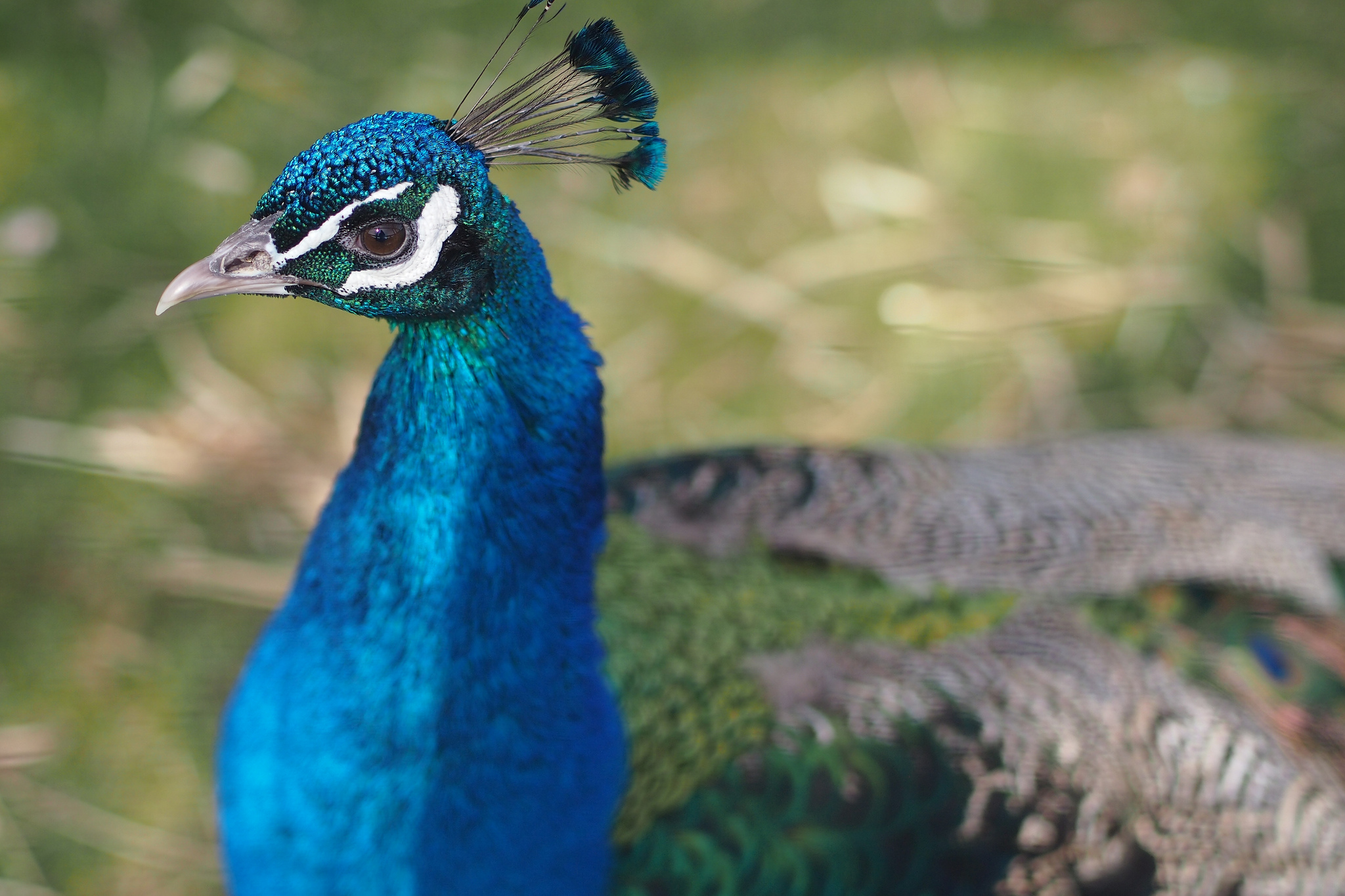Farmers’ Use of Cover Crops Could Benefit the Pheasant Population
Author: Michael Pearce
Jeff Prendergast said life is pretty easy for a grown Kansas pheasant. With so many crop fields, food is seldom a problem. Even with reductions in Conservation Reserve Program fields there’s normally enough cover to protect a lot of the birds from predators and the elements. With nearly 8 million acres of wheat there’s no shortage of potential nesting cover. Still …
“Our main limiting factor is brood-rearing cover,” said Prendergast, Kansas Department of Wildlife, Parks and Tourism pheasant biologist. “Wheat fields have been the nesting cover, and when they grew into weeds they were our brood-rearing cover. Then (when farmers began spraying harvested fields with herbicides) those fields became essentially deserts without any vegetation and insects for the chicks.”
But Prendergast sees the growing practice of planting freshly harvested fields to non-harvested plants as a positive for pheasant numbers in the future.
Kelly Griffeth, a farmer in Mitchell and Jewell counties, is a believer in such cover crops.
“We’re using cover crops about everywhere we farm,” Griffeth said. “It’s making us money by improving our soil, and we have tons of wildlife, too.”

